Ants

Ants
Ants are common social insects that live in structured colonies and come in a variety of sizes and shapes in different colony castes: queens, workers or males. Each colony has a precise structure and each member has a specific task assigned to them. Ant nests can be found underground, in ground-level mounds, or in trees. Ants are considered to be one of the most common household pests in Malaysia, after mosquitoes and cockroaches. Although they are harmless, it can be annoying when they get into your house especially when they are crawling over your food.
Identification of Ants
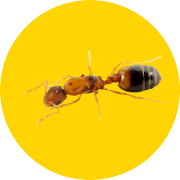 |
PHARAOH ANTS (SEMUT GATAL)
|
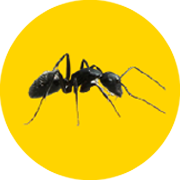 |
BLACK ANTS (SEMUT HITAM)
|
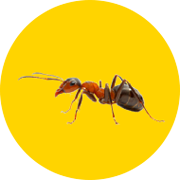 |
FIRE ANTS (SEMUT API)
|
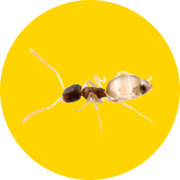 |
GHOST ANTS (SEMUT MAYAT)
|
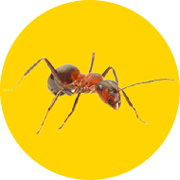 |
CARPENTER ANTS (SEMUT TUKANG KAYU)
|
Medical & Economic Importance
Ants are unwanted and irritating to people. Many customers are discouraged to dine at a restaurant if there are ants. Some species are a threat to human health as they can spread pathogenic organisms. Pharaoh ants for example are known to contaminate surgical instruments in hospitals and feed on patients’ wounds. Others carry (e.g. fire ants) stings that can cause pustules and blisters. Carpenter ants are able to nest inside wood structures; damaging the construction of houses and other buildings.
Ant Control
Although ants have a lot in common with termites, ant control is much more difficult. Locating an ant colony and eliminating the nest is the most effective solution in managing an ant infestation which can be an extremely tough endeavour. Control solutions range from using non-repellent residual insecticides to utilising perimeter treatments together with insecticides.
Ridpest’s Pest Management Specialists are able to conduct thorough inspections before recommending our customers the most effective solution to deal with their ant problems. Possible solutions include:
- Residual spraying at corner surfaces inside and outside your premise
- Application of gel baiting systems in cracks and crevices
Prevention is still the best cure for ant control. Sanitation and regular cleaning will keep ants away from our homes. It is also very important not to leave any food exposed in the kitchen area, garbage can and sink. Additional measures include leaving sachets of sage, bay or cinnamon sticks inside cupboards that will repel ants whilst at the same time leaving a pleasant scent in storage areas.
If you have an ant problem contact us to get a FREE quote!
